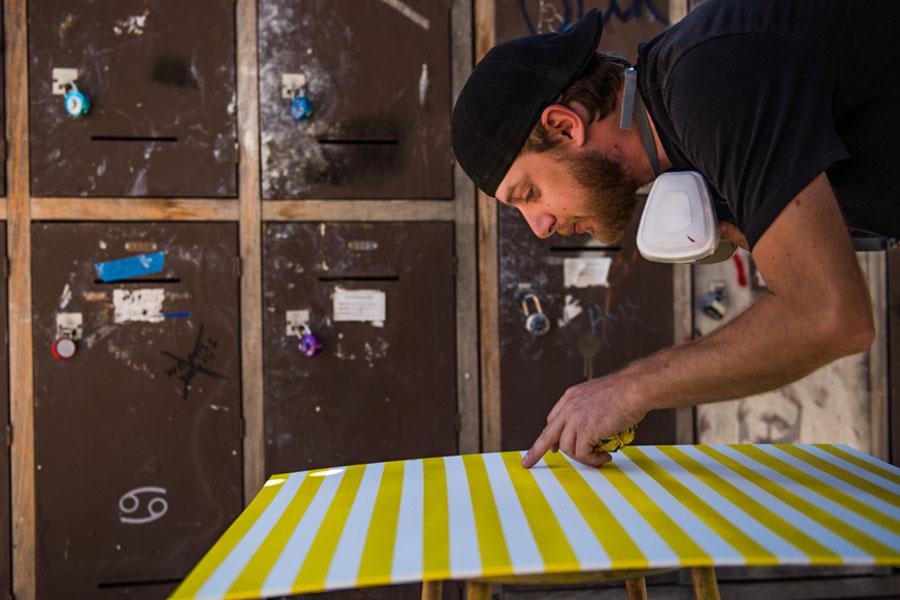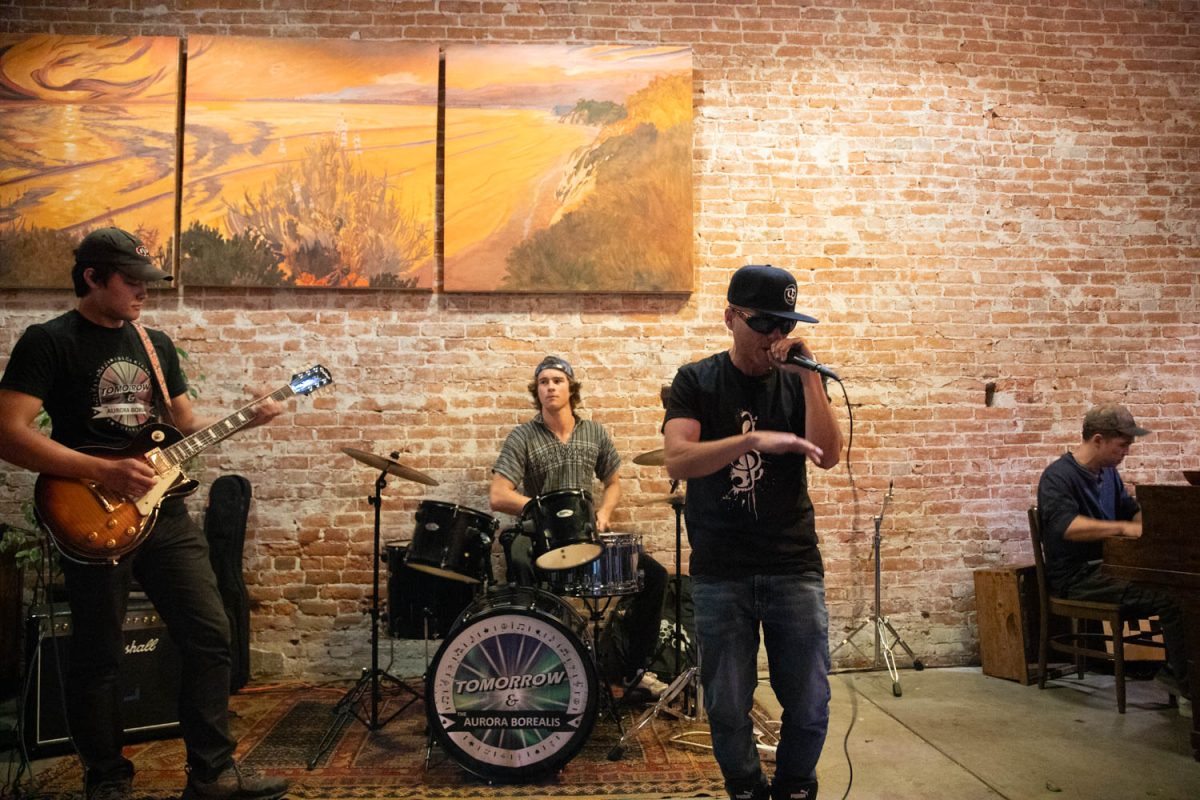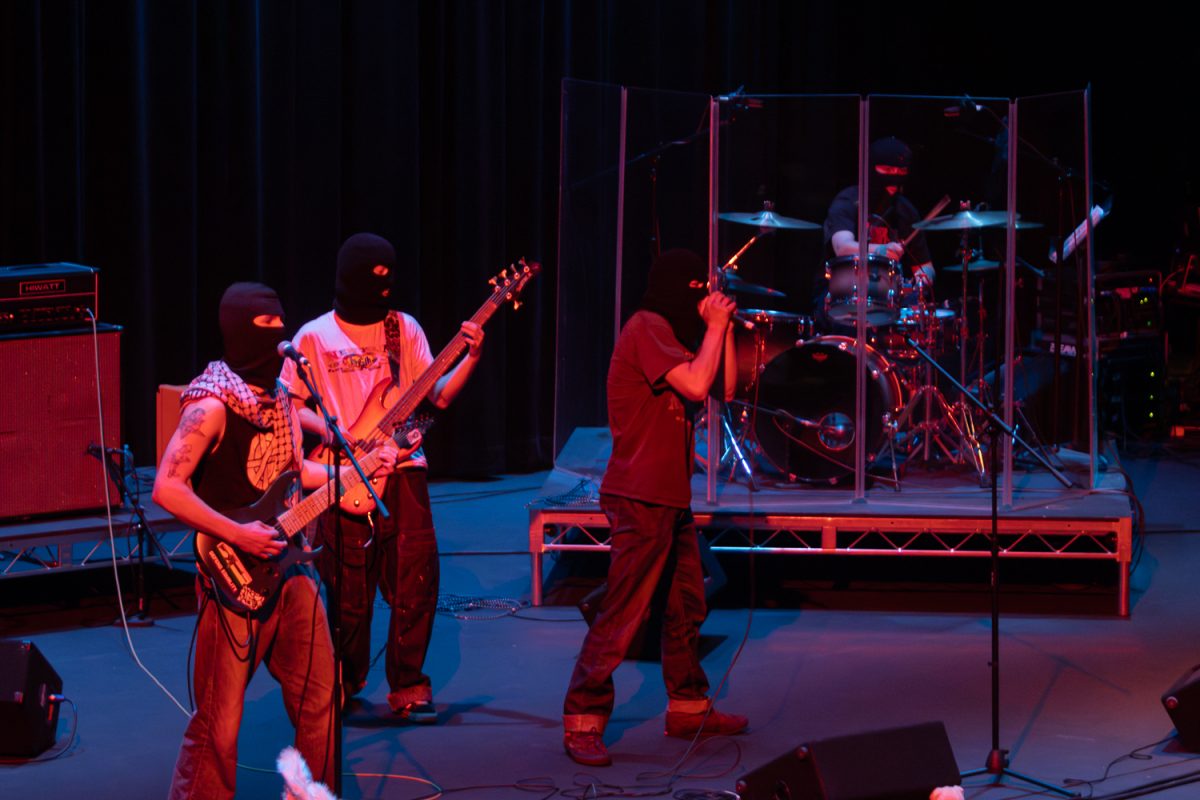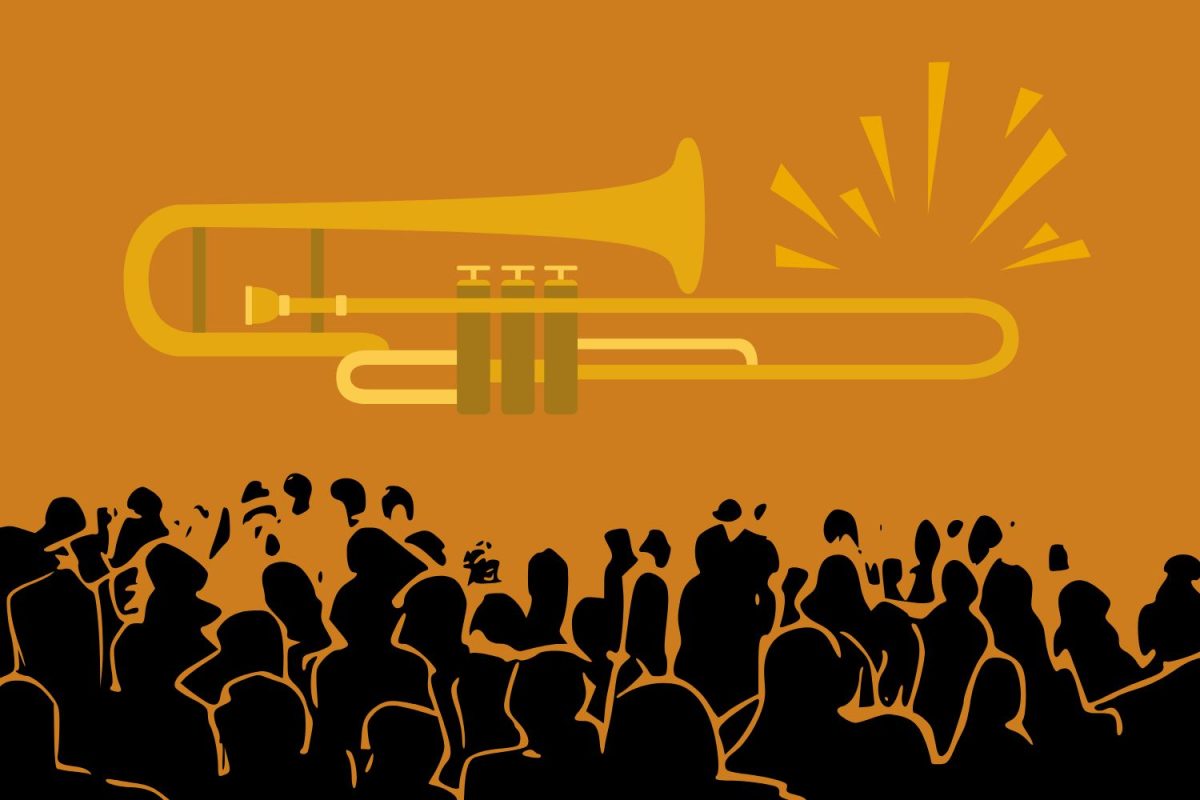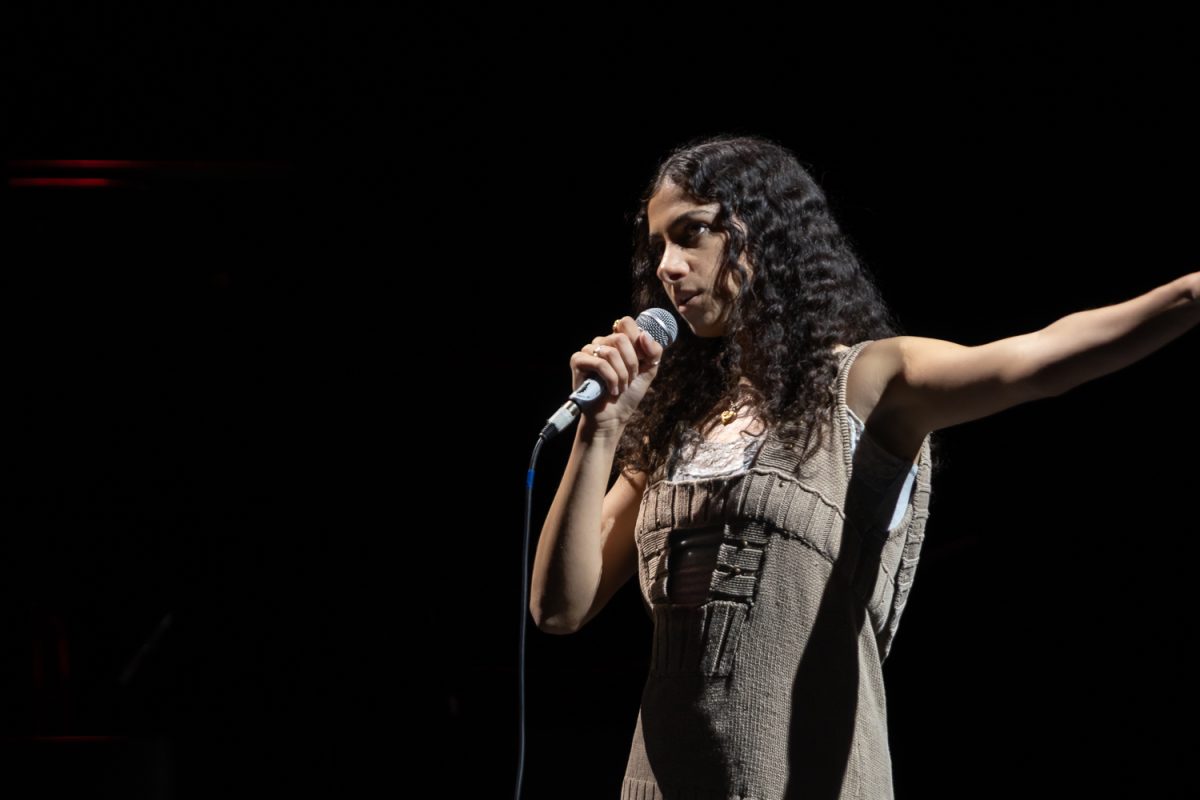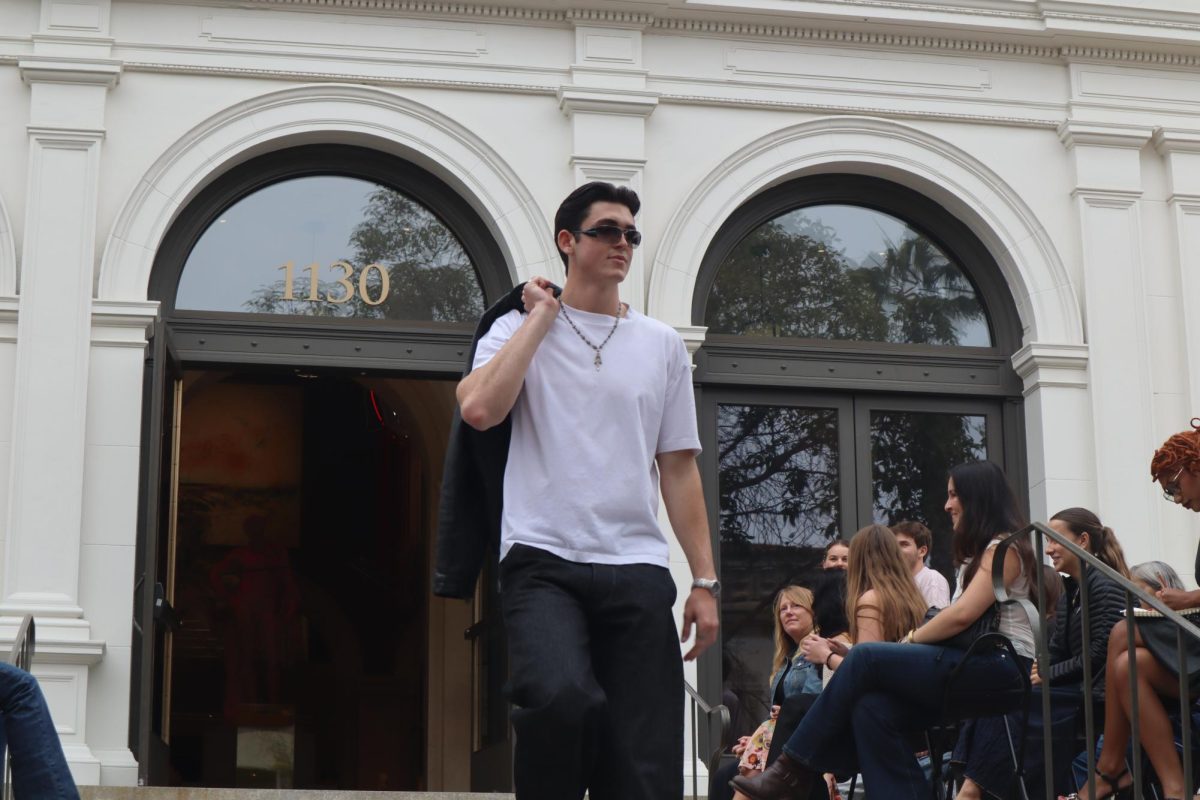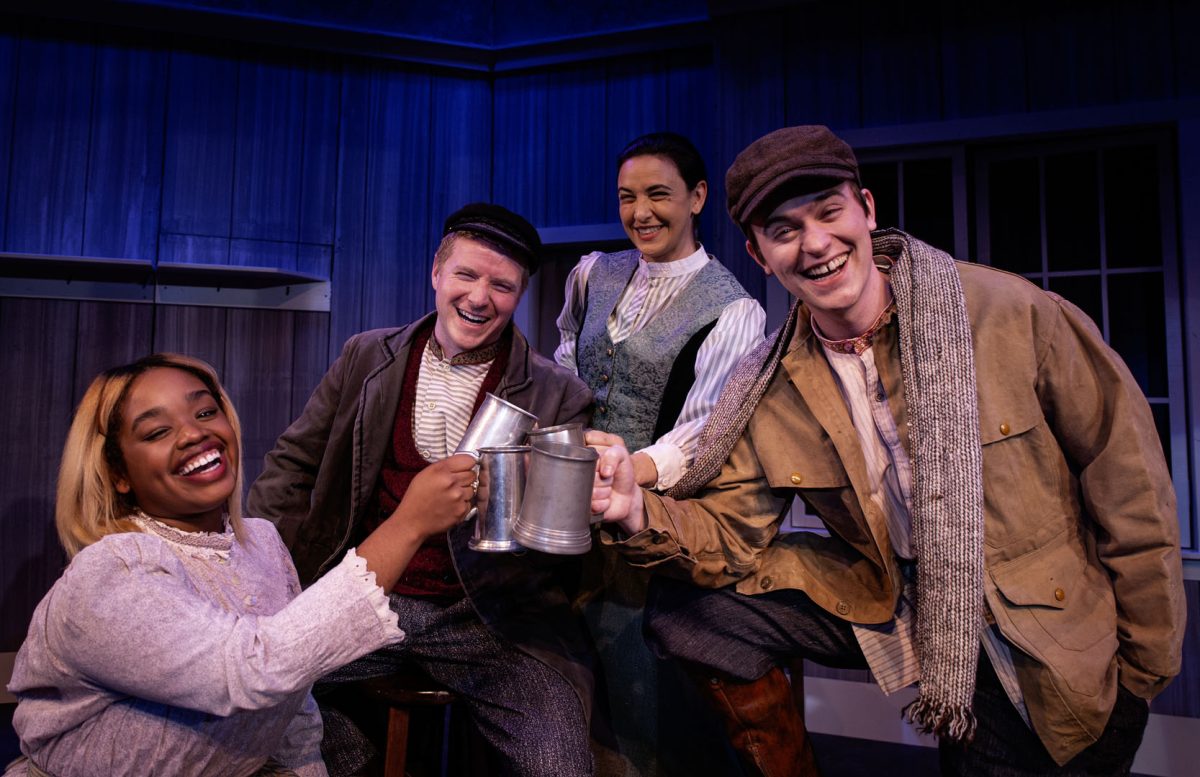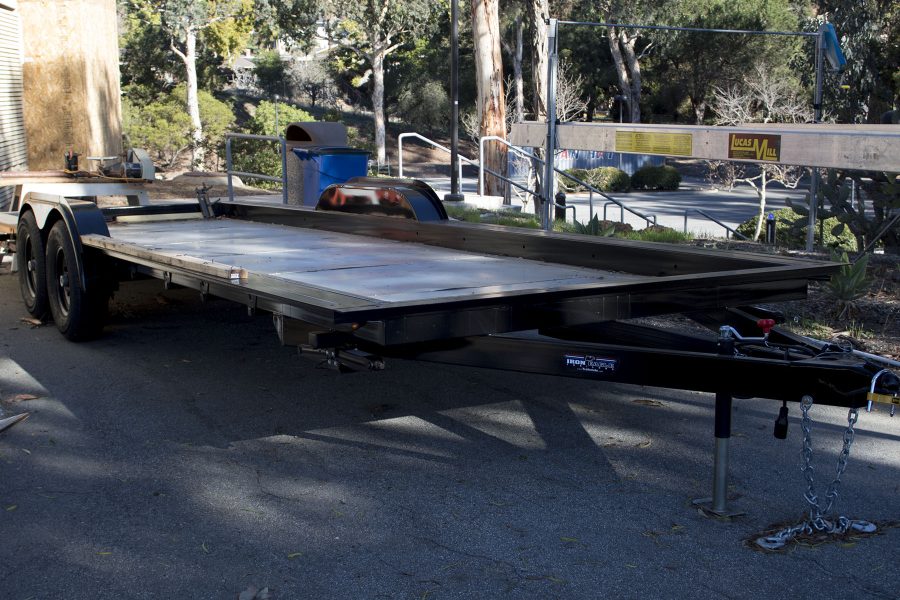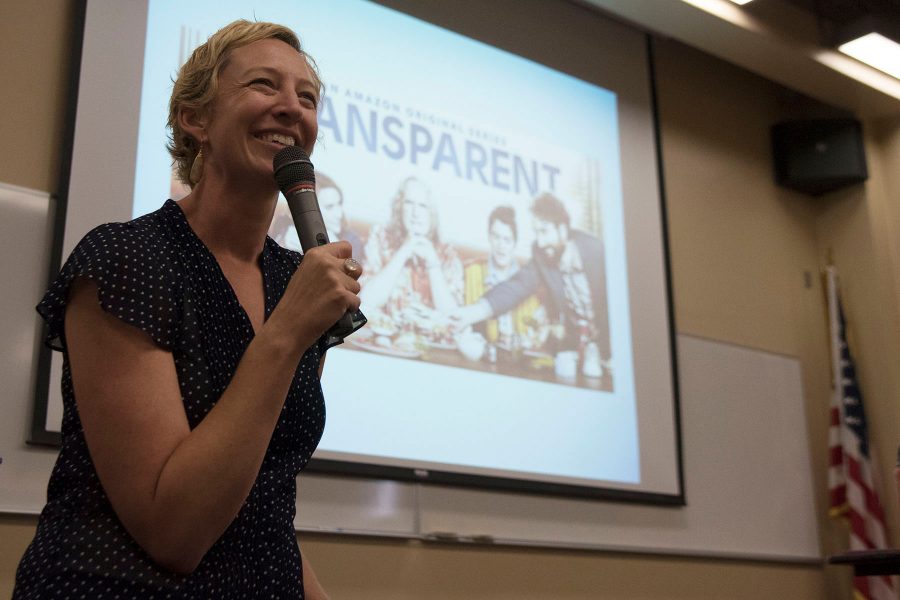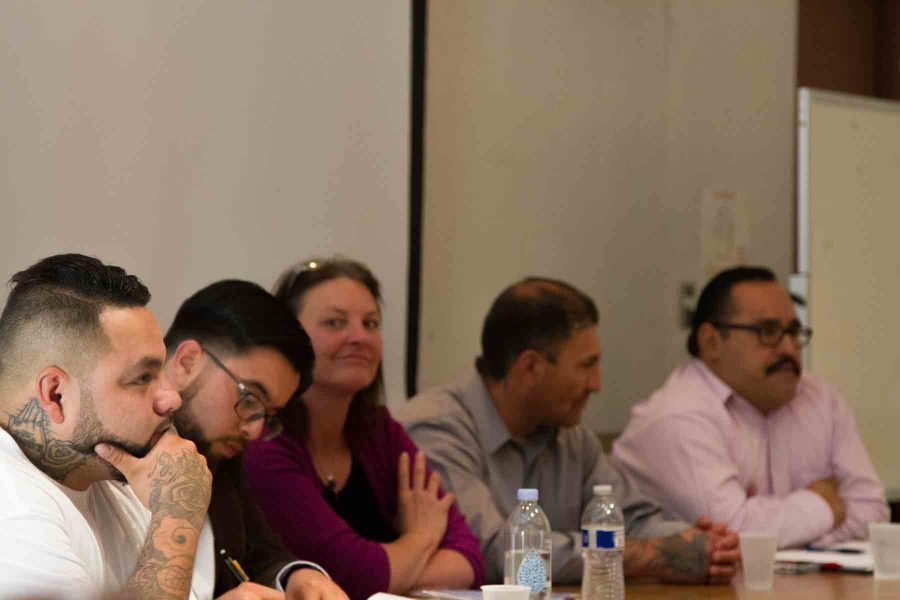With a can of luminous yellow spray paint in hand and a mask protecting his face from the fumes, sculpture artist Charles Starr, begins the process of creating a new work of art.
From vibrant colors of diverse palettes to working with a 3-D printer, Starr constructs artwork of a new variety.
Exploring the unknown is prominent in the work created by the abstract artist. His most recent series featured minuscule astronauts concealed within the depths of his sculptures.
“The astronaut embodies something that is just an easy way to express exploration and the idea of the unknown,” Starr said.
The subliminal message of these micro-scale astronauts isn’t just about exploring the unexplored, but are a way to get the viewer engaged with the art—“Interacting with it on a personal level,” adds Starr.
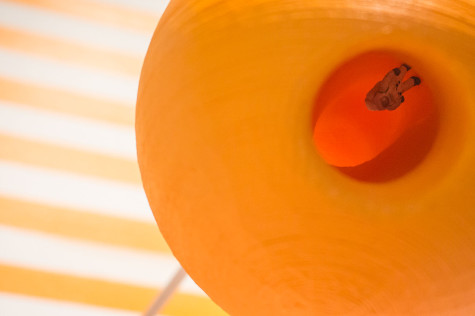
Being immersed in the work is something Starr feels passionate about, maybe because he was the little kid always thrilled to analyze broken appliances and figure out how they work.
The Vermont native recalls spending his childhood working on bicycles and skateboards, but did not always know his future was headed toward being an artist.
“I was always building things and taking them apart, and you know, growing up—an appliance would break and I’d go, ‘Oh, can I have it?’I would take it apart and see how it works—I’ve always been interested in the mechanics of things,” Starr said.
One of Starr’s most recent pieces was displayed in the Atkinson Gallery’s Annual Student Exhibition this year. “Lost in Space” is the sculpture of three brightly colored, striped panels with cutout spheres stemming from elongated sticks connected to these panels. His trademark astronauts, which he buys from China, can be seen from only certain viewpoints of his work.
The spheres used in Starr’s sculpture seem to be made out of a ceramic type material but surprisingly they were designed using the software program, Freeform. This program allows the artist to virtually manipulate what looks like a block of clay by using a motion sensor connected onto his laptop.
“I couldn’t have made those balls out of clay or wood because they would be too heavy to be cantilevered out,” said Starr on why the instillation piece needed the use of 3-D printing. “I needed something that is light and strong at the same time.”
3-D printing, also known as additive manufacturing is the process of creating objects, layer by layer out of plastic to achieve the desired outcome, similar to creating a prototype. By using software programs, such as Freeform, Starr can create organic shapes and send the file over to the printer. In the case of the spherical objects made for “Lost in Space,” the printing took about 32 hours.
“I’m still getting the hang of it, it’s a little finicky,” Starr said.
Sculpture professor Ed Inks has been one of Starr’s advisers and has worked closely with him during his years of taking all the available classes of sculpture that are offered at City College.
“[Charles] has a great understanding of concept,” Inks said. “He is an advanced student and can advise other students [by being a tutor].”
Starr is also entering the field of understanding 4-D art, which focuses on performance pieces.
He is currently taking classes with professor Elizabeth Folk, who teaches time-based media that emphasizes installation, performance and video.
The American artist, Robert Rauschenberg gave Starr the idea for creating bright, colorful panels in some of his new work. Rauschenberg is known to have been a key factor that led to the pop art movement of the sixties.
“You really can make a piece more contemporary simply by using a certain color palette,” Starr said on the visual appeal of different variations of pigments.
It’s all about the process for Starr. He works on various projects at one time as a sort of outlet for his graphic imagination. His piece, “Ride,” in “The Alchemy of Light and Space” show includes yet another one of the astronaut figurines that stands tall on small pieces of molded metal and plastic.
Starr says he has used about 15 to 20 astronauts in his sculptures so far, as for if these will keep re-appearing, Starr said, “Right now, I’ve sort of done enough of them to satisfy that itch, so we will see where it goes from there.”
Serious thoughts of moving to Oakland or Chicago are on the artist’s mind. Starr hopes to continue being a part of shows, solo exhibitions and be apart of group projects. Working in a team is something that interests him.
It’s all about the process for this sculptor. His passion for creation seems to be more valuable to him than the fished product. It’s almost like a farewell, goodbye and on to the next thing that he can become immersed in.
“I don’t really get attached to my work—it’s more about the process for me and making it, going through all the creative turmoil that comes with it,” Starr said.


